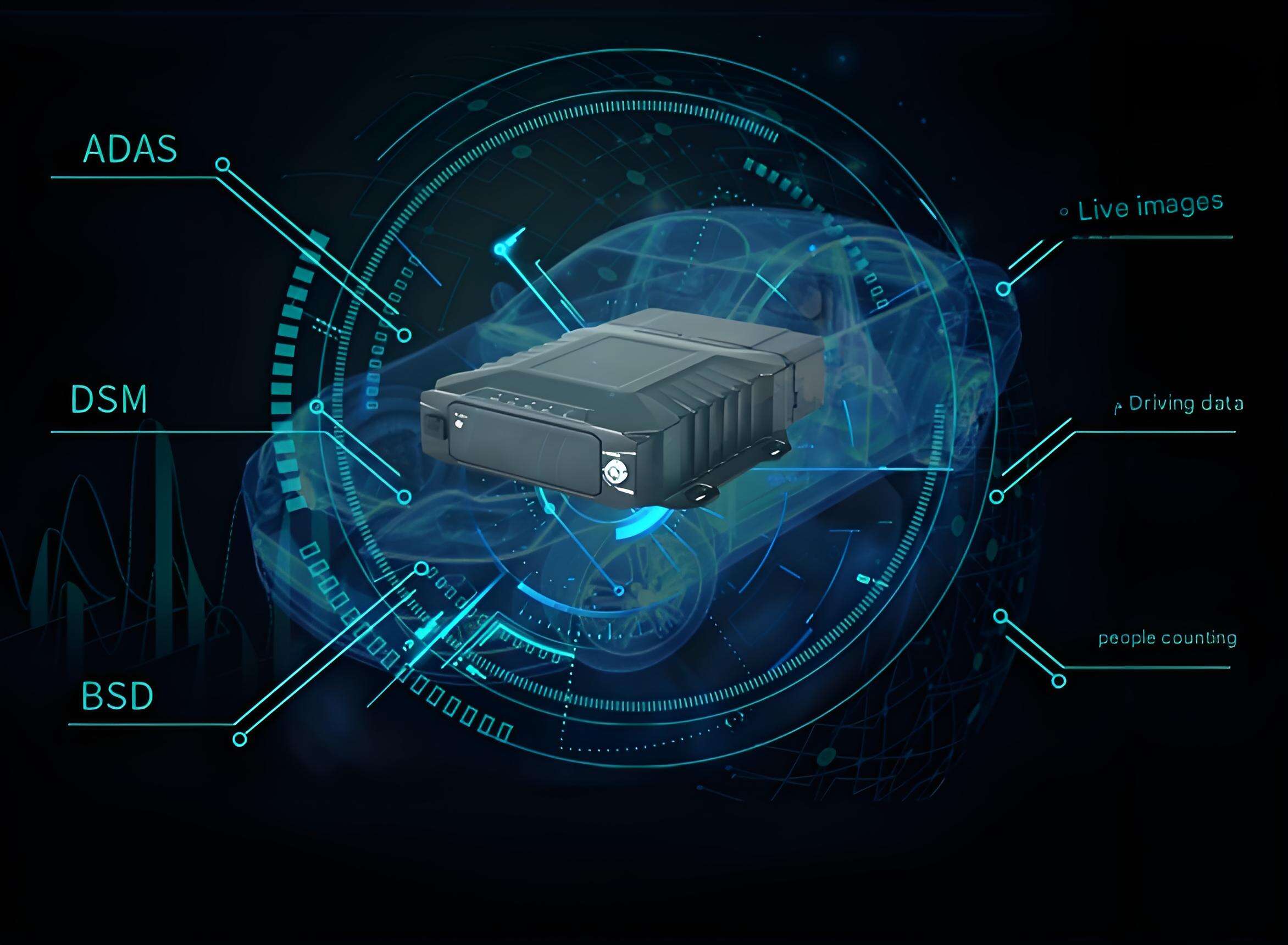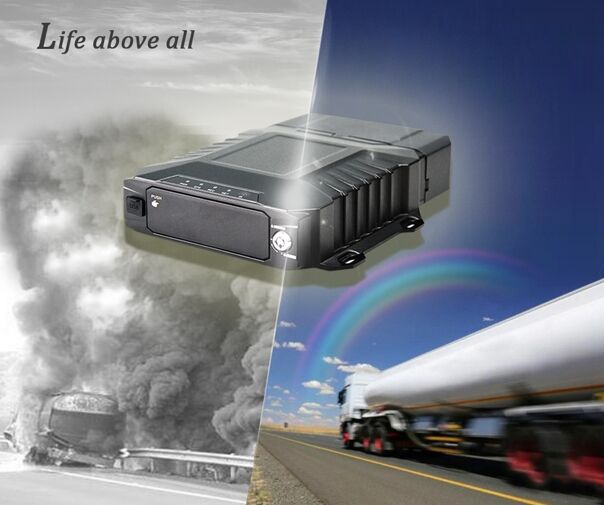Although both MDVR (Mobile Digital Video Recorder) and driving recorder are used for vehicle monitoring, they have significant differences in functions, application scenarios and technical specifications. Here are the main differences:
1. Functionality and complexity
MDVR:
Multi-function: Supports multiple camera inputs (usually 4 or more), and can monitor multiple angles inside and outside the car at the same time.

Advanced functions: GPS positioning, G-sensor (collision sensing), remote monitoring, 3G/4G wireless transmission, video analysis (such as fatigue driving detection), etc.
Storage expansion: usually uses a large-capacity hard disk, supports long-term recording, and some support network storage.
Management and Analysis: Supports remote management and data analysis, suitable for complex needs such as fleet management.
Driving Recorder:
Basic functions: Mainly used to record driving videos, usually only supports 1-2 cameras.
Easy to use: The functions are relatively simple, usually only having basic functions such as loop recording and collision locking.
Limited storage: Relying on SD card, the storage capacity is limited and needs to be replaced or backed up regularly.
2. Application scenarios
MDVR:
Commercial Fleet: Widely used in commercial vehicles such as buses, trucks, taxis, etc. for fleet management and safety monitoring.

Complex monitoring: Suitable for scenarios that require multi-angle monitoring, remote management, and data analysis.
Driving Recorder:
Personal vehicles: Mainly used for private cars to record the driving process and provide accident evidence.
Simple monitoring: suitable for individual users, simple functions and easy installation.
3. Technical specifications
MDVR:
High performance: Adopts high-performance processor, supports multi-channel HD video recording and real-time transmission.
Durability: shock-resistant, waterproof and dust-proof design to adapt to harsh environments.
Expandability: Supports multiple peripheral connections, such as GPS module, wireless module, etc.
Driving Recorder:
Basic performance: Usually uses a lower-performance processor and supports single-channel or dual-channel video recording.
Portability: Small size, easy installation, suitable for individual users.
Limited expansion: Functional expansion is limited and peripheral connection is usually not supported.
4. Installation and maintenance
MDVR:
Complex installation: The installation is more complicated and usually requires professional operation.
High maintenance: complex functions, high maintenance costs, and requires regular inspection and management.
Driving Recorder:
Simple installation: Users can install it by themselves, easy to operate.
Low maintenance: simple functions, low maintenance cost, users can replace SD card by themselves, etc.
5. Cost
MDVR:
High cost: complex functions, high technical specifications and high prices.
Long-term investment: Suitable for scenarios such as commercial fleets that require long-term monitoring and management.
Driving Recorder:
Low cost: simple functions and low price.
Personal use: suitable for individual users, cost-effective.
Summarize
MDVR: Powerful, suitable for commercial vehicles and complex monitoring needs, supports multi-channel video, remote management and data analysis, and has a higher cost.
Driving recorder: simple functions, suitable for personal vehicles and basic monitoring needs, easy installation and low cost.
 Hot News
Hot News2025-08-06
2025-02-25
2025-02-25
2025-02-25